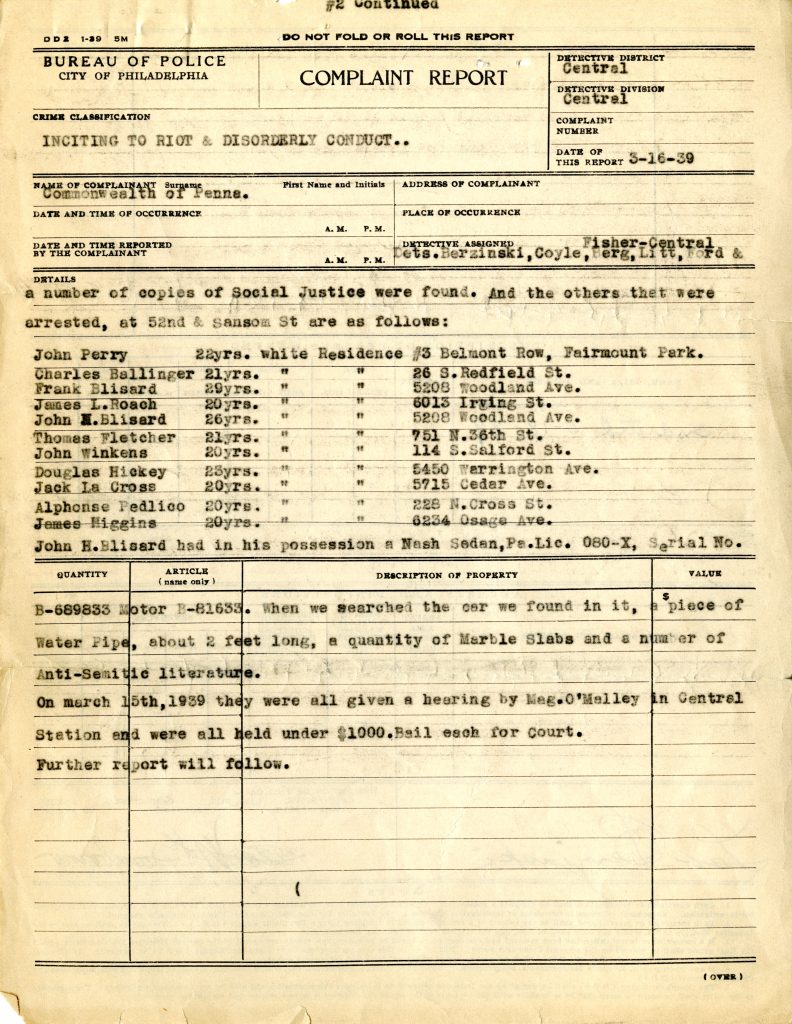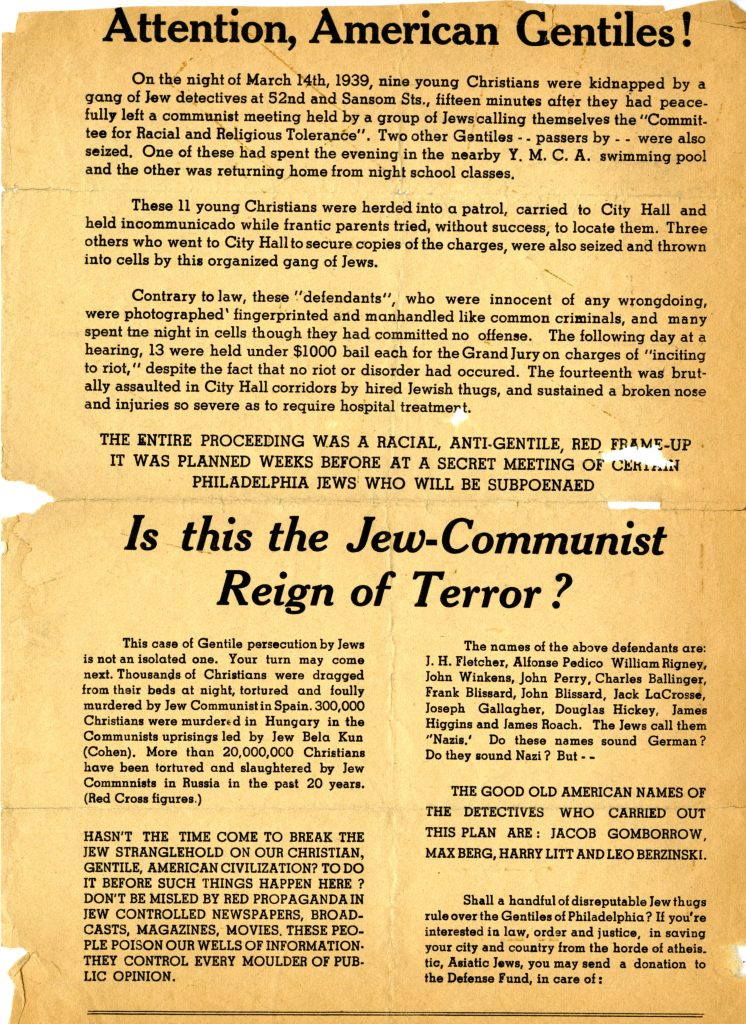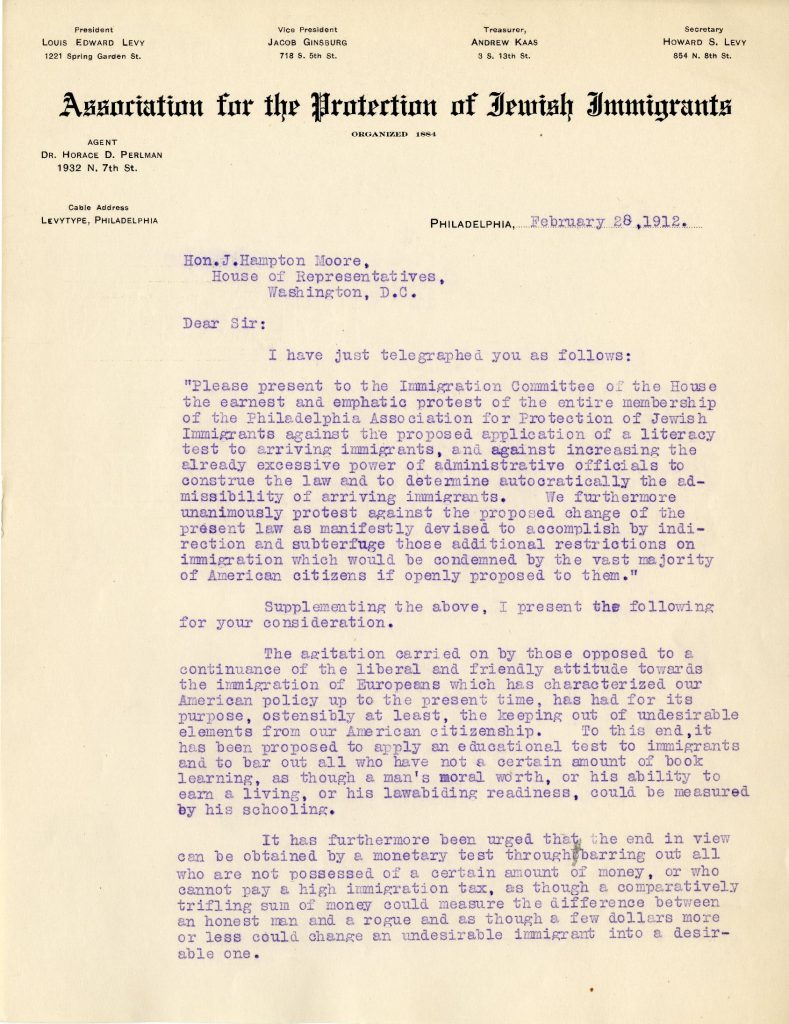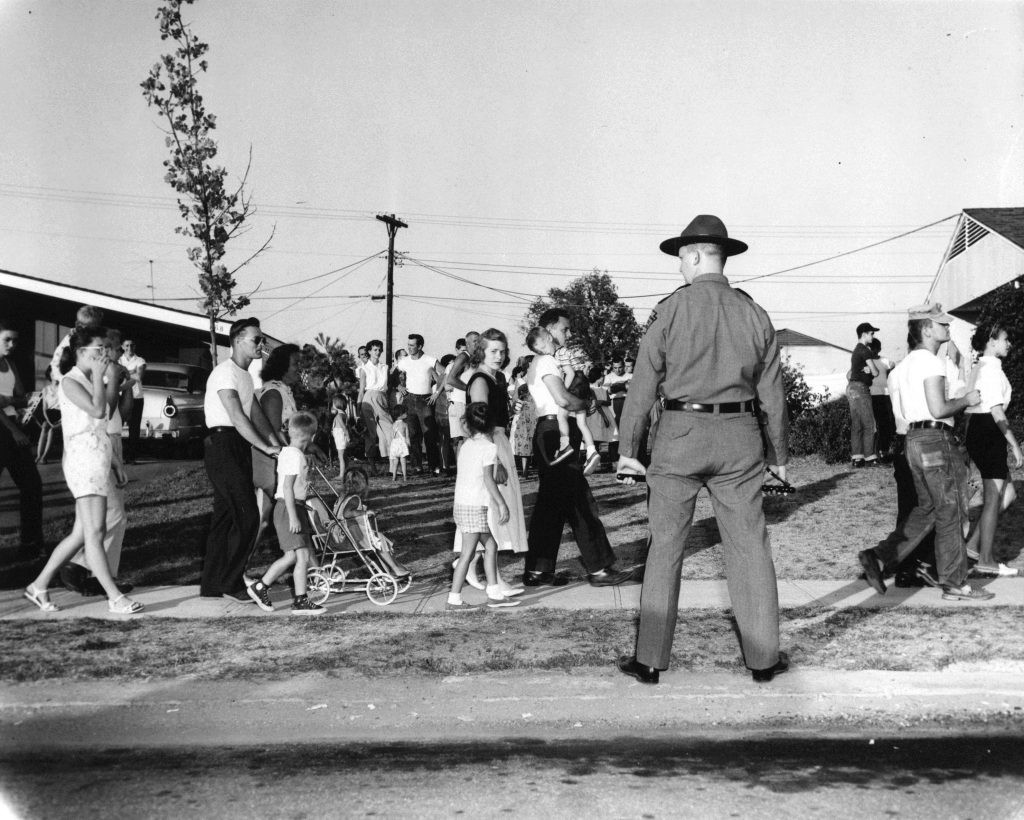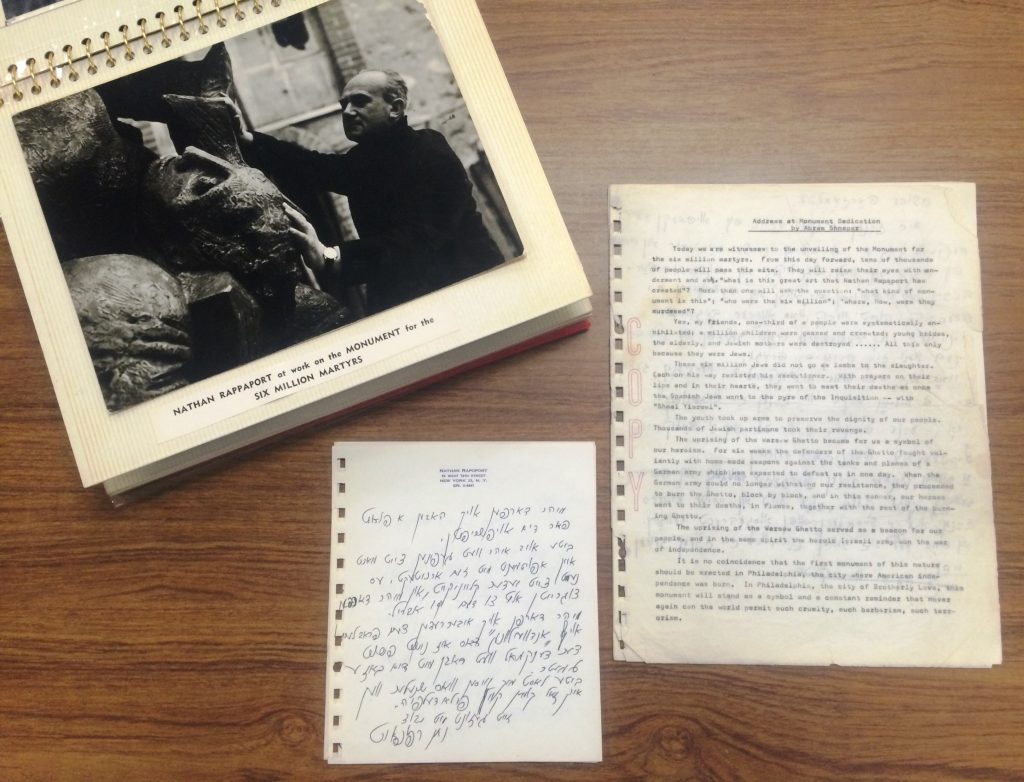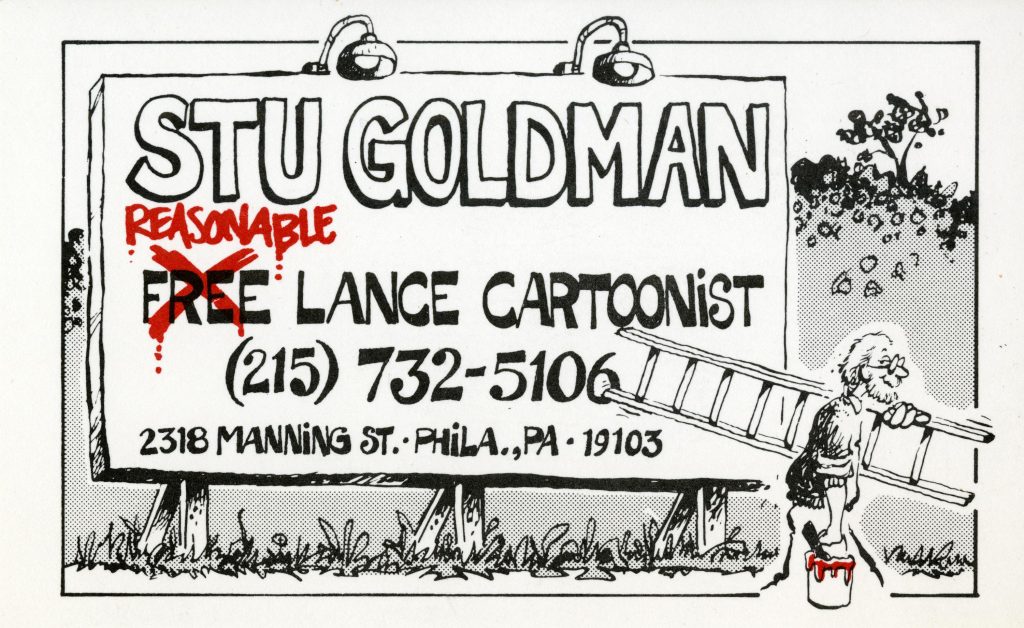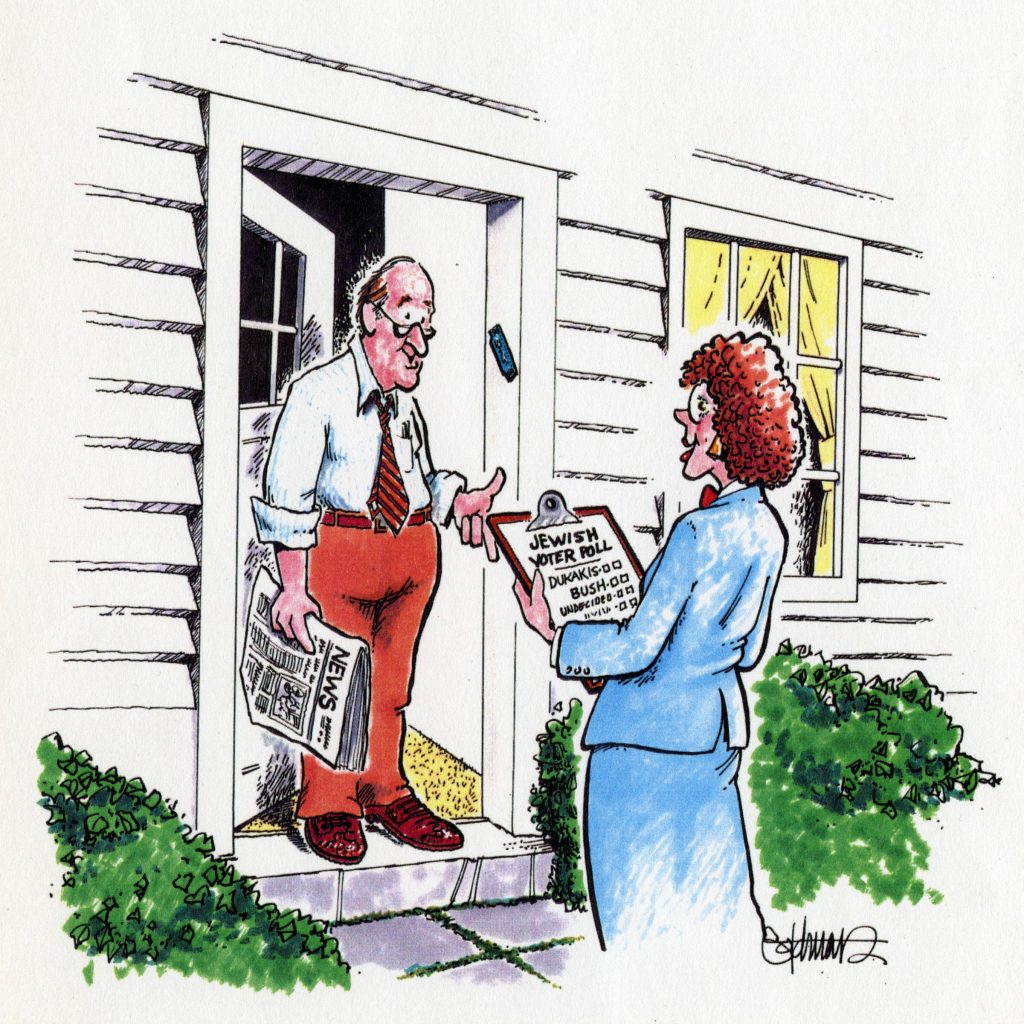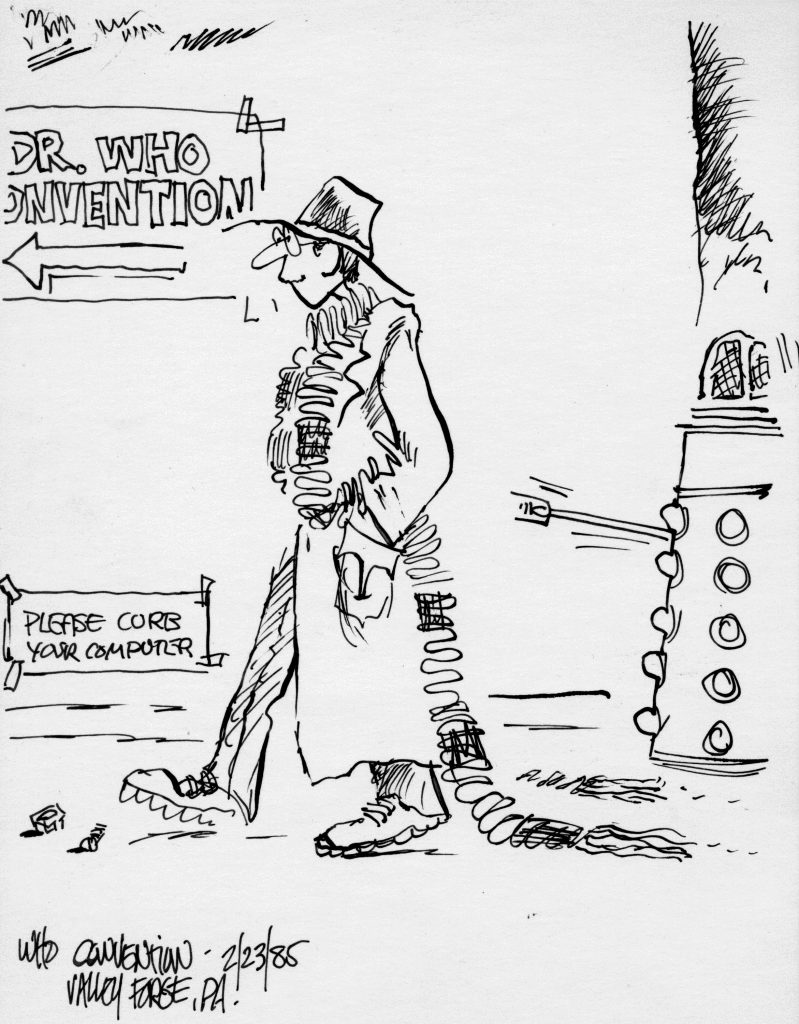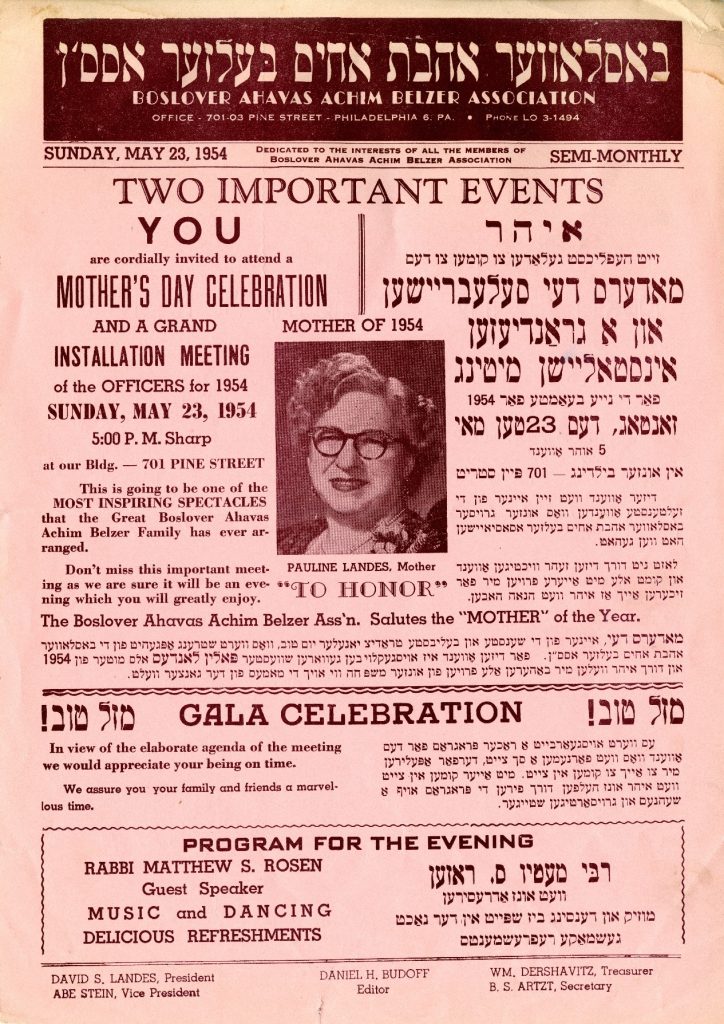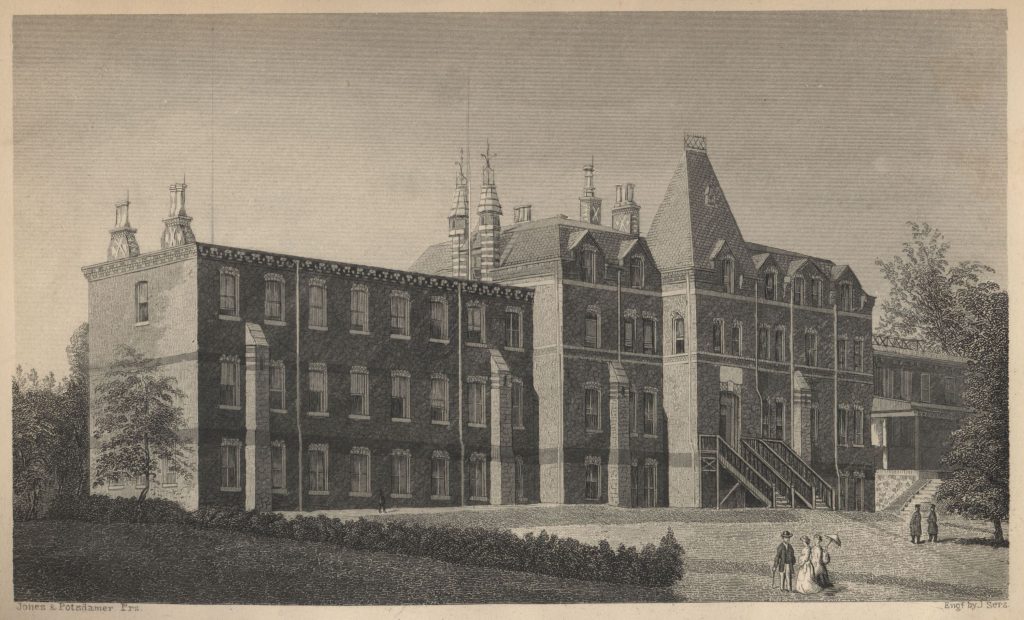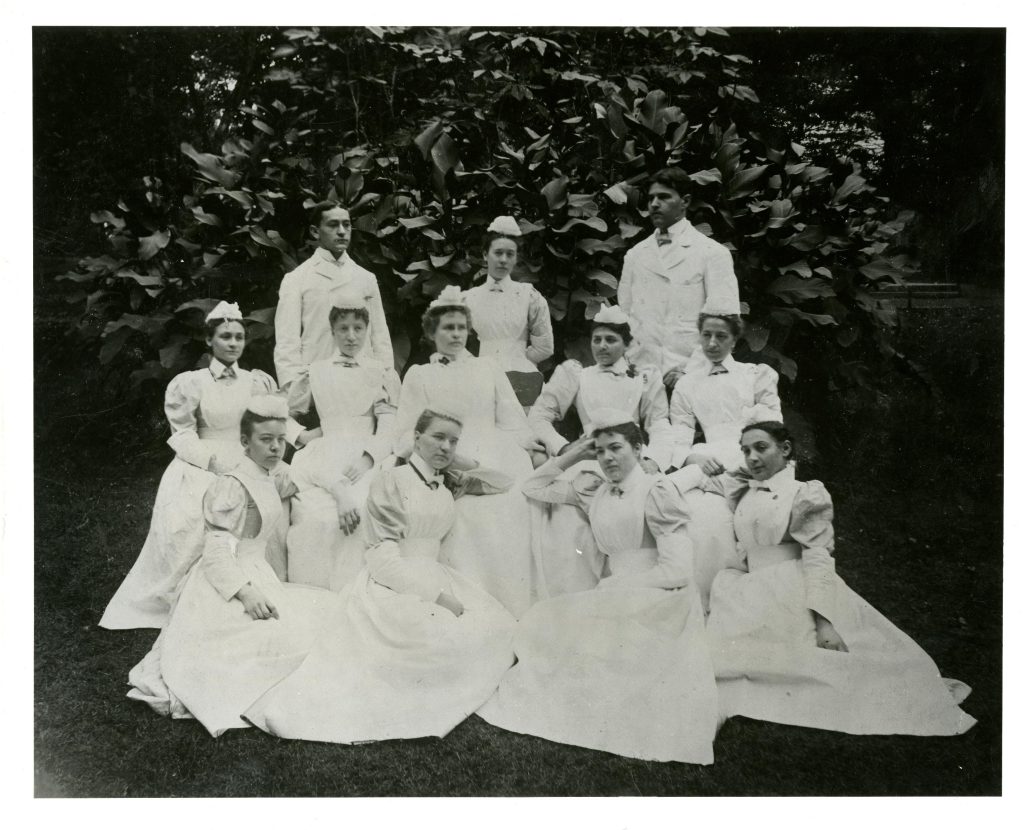In mid-December 1963, members of the Philadelphia chapter of the Congress of Racial Equality (CORE) approached Elias Myers, the city appointed director of the 1964 Mummers Parade, to demand that blackface be banned from the upcoming event. Myers announced on December 16 that the use of blackface would be prohibited, but this decision did not sit well with some Mummers and Myers soon found his home picketed by over a hundred dissenters. The city tried to reach a compromise, but a few days later the ban on black face was rescinded.
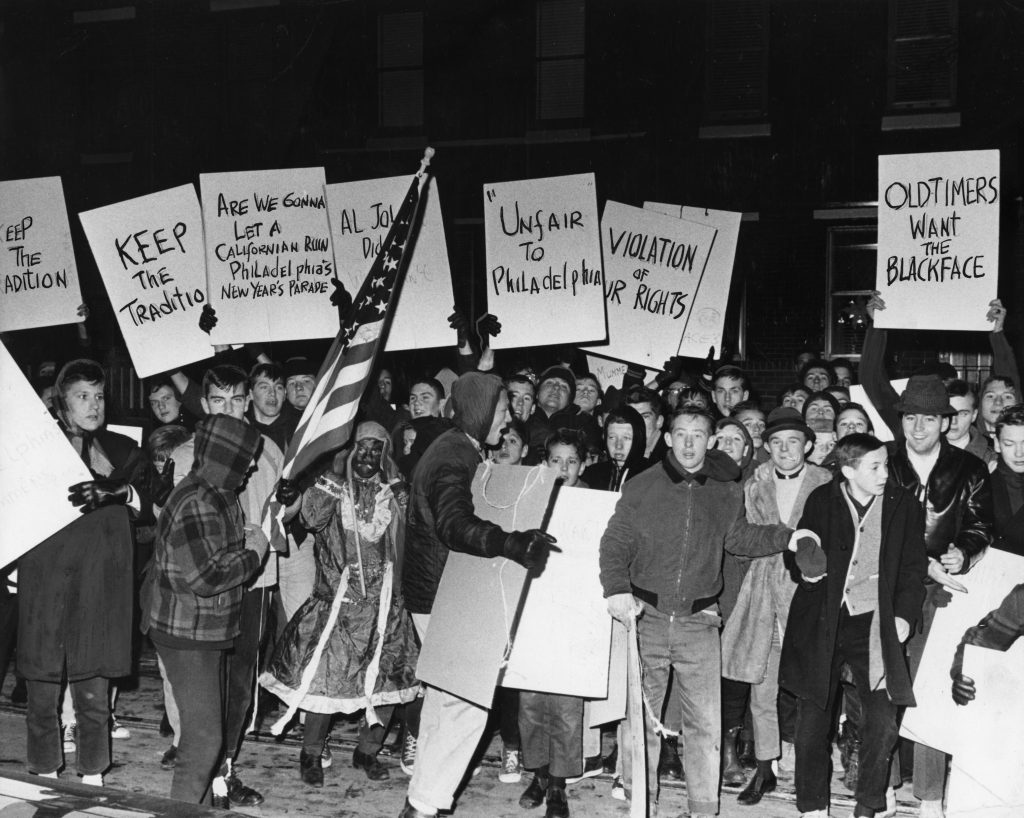
1963 had been a turbulent year, punctuated by imagery of police dogs and fire hoses turned on young African American protesters, church bombings, mass civil rights demonstrations, and the assassination of President John F. Kennedy. It was in this context of activism and struggle, that the National Association for the Advancement of Colored People (NAACP) filed a petition in court on December 30 seeking to have the use of blackface by the Mummers banned. The NAACP argued that permitting ridicule of a large percentage of the city’s population was unacceptable given that the parade was subsidized by taxpayers and subject to the issuance of a city permit.
At the hearing, Jules Cohen, Executive Director of the Jewish Community Relations Council of Greater Philadelphia (JCRC), offered this testimony, “Not too long ago, the Jewish Community Relations Council of Greater Philadelphia and other Jewish organizations were constrained to take action to end the caricaturizing of Jews on the vaudeville stage, in plays and movies. Stereotyping through the use of blackface in the Mummers Day Parade is an insult to the Negro community and offensive to Negro and white citizens alike.” Nevertheless, the court denied the petition on the basis that there was no law prohibiting the wearing of blackface and that the Mummers’ intent was not to ridicule.

Due to bad weather on New Year’s Day, the Mummers Parade was postponed until January 4, which allowed tensions over the controversy to rise to alarming heights. Reports surfaced that Mummers, motivated by what they saw as an intrusion on their traditions, intended to have over 1,000 marchers wearing blackface at their parade. Meanwhile, CORE announced their intent to disrupt the march, and Police Commissioner Howard Leary was informed that he should expect demonstrators to arrive from across the Mid-Atlantic. As fears of a violent confrontation escalated, Philadelphia’s Council on Human Relations spearheaded talks on how to resolve what they feared was an impending disaster peacefully.
Officers of the JCRC participated in talks with representatives of the Greater Philadelphia Council of Churches, the Board of Rabbis of Greater Philadelphia, and the Roman Catholic Archdiocese. This resulted in a new court petition on January 2 emphasizing the threat to public safety and seeking to ban the use of blackface as well as prevent any protests at the parade. The petitioners were chosen to represent an interfaith consensus and included JCRC’s Vice-President, Fanny Goldsmith. The court issued an injunction, citing the “clear and present danger” to the city, and as a result the parade was held on January 4 without blackface or significant disruptions.

On January 6th, Jules Cohen wrote a report to the Council of National Jewish Agencies that stated in part: “By New Years Eve, those of us close to the picture were convinced that rioting and disorder were inevitable. All of the ingredients for an explosion were present–an issue about which both sides felt strongly…. I am satisfied the police could not have controlled these extraordinary crowds and that granting of the injunction prevented property damage, physical harm and perhaps even some killings. Such an explosion would have set us back 100 years in civil rights and it would have done untold economic damage to the city in the loss of conventions and other business.”
Following these events there was widespread discussion in the press over the controversy and whether or not the prohibitions on both blackface and protest went too far. Indeed, the JCRC’s Civil Liberties Committee expressed mixed feelings about the outcome in a statement that both sympathized with the motivations of those involved, but also worried about the implications of a court decision that infringed on the right to protest.
–Kenneth Cleary, Project Archivist, SCRC
This is the second post of an occasional series highlighting the work of Philadelphia’s Jewish Community Relations Council (JCRC). The records of the JCRC, housed in Temple University Libraries’ Special Collections Research Center, are currently being processed and will be available for research in early 2018.




